Khaled al-Jeratli | Yamen Moghrabi | Hani Karazi
It is not clear how matters will end for the Syrian regime after the developments of the Israeli war on Lebanon, whether this war will result in the elimination of Hezbollah and the clipping of Iran’s wings in Syria, or if it will end similarly to what occurred in 2006, where the confrontation did not resolve in favor of one side, or whether the so-called “Axis of Resistance” could change the historical equation with Israel and achieve a broad victory—a weak possibility, considering the support that Israel receives from the United States and Western countries, alongside its military superiority, which raises many questions.
Will Israel punish the regime for its alliance with Hezbollah and Iran, or will it receive a reward for “staying away from the fray”? Is the regime looking to regain its role, even in Lebanon, if it manages to earn trust? And what is Iran’s stance on this?
Multiple scenarios exist for the fate of the Syrian regime, with the possibility of the confrontation expanding into Syrian territory and not being limited to targeting specific sites. These scenarios are linked to the regime’s history and its complete or partial involvement in the current confrontation, facilitating arms smuggling and providing support roles, as well as its responsiveness to advice and demands that it seems to comply with, albeit without disclosure, while maintaining special relations with Iran that may exceed its desire due to the entrenched influence of Iran in various aspects of the country and its management.
A year after the events of October 7, 2023, in Gaza, Israel has turned its attention northward toward Hezbollah, which has been engaging it militarily over the past year.
As events in Lebanon escalated, Israeli strikes intensified in Syria as well, especially in recent days, with hardly a day passing without airstrikes or artillery bombardments, or attempts by the regime’s ground defenses to intercept drones monitoring the Syrian territory.
Before the start of Israeli military operations in Lebanon, Israel launched a military operation in the city of Masyaf, which is located about 40 kilometers from the Lebanese border. Initially appearing as extensive airstrikes, the operation resulted in the death of more than 15 people and injuries to others.
The operation itself seemed like the first bullet in Israel’s war against Hezbollah, according to a report published by The New York Times at the end of September, which quoted Israeli and American officials stating that the operation was not an air raid but rather an aerial landing of Israeli forces on Syrian land in Masyaf, northwest of Hama province.
Amid numerous scenarios leading to rapidly evolving events, Syria remains at the eye of the storm. The Israeli war in the region could end on Syrian soil, just as it began there, while observers argue that Syria may be part of a solution, potentially with Israeli acceptance.
Enab Baladi discusses in this report the scenarios of the Israeli war in Lebanon, Syria’s position in it, the impact of these scenarios on Iranian influence in Syria, and the available mechanisms for al-Assad to maneuver around them.
Syria in the eye of the storm
Following the intensification of Israeli strikes in Lebanon, the American news agency “Bloomberg” reported that Hezbollah, since its intervention in Syria in 2012, has built complex bases and a network of tunnels on the Syrian-Lebanese border.
The agency cited sources familiar with military movements, stating that after Israel’s assassination of the Secretary-General of Hezbollah, Hassan Nasrallah, both Syria and Iraq will become major allies in transferring resources to Hezbollah in Lebanon.
The sources said that Iran has transferred thousands of fighters from Iraq to Syria over the past two months and will attempt to transport thousands more to the border areas between Lebanon and Syria to enhance its deterrence capabilities.
Israel pursues Hezbollah
Israel aims to eliminate the Iranian-backed Lebanese Hezbollah tactically through several measures, the most notable of which includes the assassination of the hierarchical chain of its leaders, neutralizing active leaders and elements, and then conducting ground interventions to cripple its defensive tactical capabilities, particularly the network of tunnels that serve as supply and movement routes, according to researcher Nawar Shaaban from the Omran Center for Strategic Studies.
Shaaban stated to Enab Baladi that Israel has begun implementing a strategy to destroy the defensive tactical capabilities of Hezbollah by conducting ground incursions in southern Lebanon. This tactic will be followed by Tel Aviv with Hezbollah’s tunnels inside Syria, but these are not as complex as those in southern Lebanon, and therefore will not require deep incursions into Syria.
Conversely, journalist Khaled Khalil, who specializes in Israeli affairs, dismissed the idea that Hezbollah has established a tunnel network in southern Syria.
Khalil told Enab Baladi that reports about the existence of a tunnel network for Hezbollah in southern Syria carry elements of media exaggeration because southern Syria has never been fully under Iranian influence, as Russia has dominated it.
Over the past years, any suspicious movements by Hezbollah in southern Syria have been targets of Israeli strikes, leading to failures in attempts to replicate the Hezbollah model from Lebanon to Syria due to repeated attacks.
In southern Syria, there is a military unit belonging to Hezbollah known as the “Golan File,” most of its personnel being Lebanese nationals. They are responsible for managing the southern Syrian file, according to information provided by the Israeli Alma Research Center in a detailed report in 2020.
This unit’s role involves gathering information and conducting security operations against Israel, as well as building an operational infrastructure for all Hezbollah activities in southern Syria, focusing on the border area with Israel.
The “Golan File” unit is spread across 58 sites and areas in southern Syria, according to Alma center, with 28 points where its “Southern Command” unit is stationed, in addition to 30 other locations where “cells” affiliated with the “Golan File” exist.
Is a ground invasion developing?
In 1974, the United Nations, the United States, and the Soviet Union reached an agreement between the Israeli and Syrian sides, which established a disengagement line known as “UNDOF,” around the town of Jubata al-Khashab in the occupied Golan Heights, with Syria to the east and Israel to the west.
In mid-2022, Israel penetrated deep into Syrian territory eastward, surpassing the UNDOF line, and established a route it called “Sofa 53,” which intrudes into Syrian territory by as much as two kilometers in some areas, according to reports from Enab Baladi and Israeli media. These incursions have recurred over the past two years.
The incursion, which aimed to establish a path within Syrian territory, is expected to remain limited. Nawar Shaaban ruled out the need for an Israeli ground operation in Syria to pursue Hezbollah, indicating that the situation in Lebanon is different from that in Syria, where Israel targets Hezbollah tunnels because they pose a threat to it, paralleling concerns about developments in Syria.
According to a study by the Jusoor Center for Studies published last July, the number of Iranian sites in Syria is 529, comprising 52 military bases and 477 points, including 20 sites in Quneitra. Iran previously owned around 34 military points in Quneitra but withdrew 14 for the benefit of Russian forces and regime forces. It is presumed that this withdrawal came at the request of Israel to Russia to ensure that these sites are not used for military actions directed towards the Golan, amid ongoing Iranian threats following the Gaza War (Al-Aqsa Flood), according to Jusoor center.
On his part, Khaled Khalil stated that the Golan is considered a soft flank for Israel. Therefore, in recent years, it has carried out limited incursions involving mine removal and raising earthen barriers to thwart any Iranian movements, indicating that there is quasi-control and Israeli vigilance on the border with Syria.
In 2018, Israel agreed with Russia to distance Iranians about 80 kilometers from the border with Israel, in exchange for allowing the return of regime forces to the disengagement line under Russian auspices. However, Khalil indicated that Russian-Israeli coordination has weakened, and one can say it has collapsed due to the Russian war in Ukraine and Israel’s alignment with the Western camp supporting Kyiv against Moscow.
Are the parties adopting a change in Syria?
Since the onset of the Israeli military campaign in the Gaza Strip, Bashar al-Assad has distanced himself from direct engagement in the confrontation, both in terms of military operations and logistics, as well as in his media discourse.
The nature of this distancing became evident following reports that the UAE conveyed Israeli warnings to al-Assad to stay away from the war, according to a report from the American Axios website citing an Emirati official on October 9, 2023.
Israel has not made a decision yet
Although al-Assad’s main ally in Lebanon (Hezbollah) entered the battle, which it described as the “Support Front,” ultimately leading to significant losses of its top leaders, and the announcement of an Israeli ground operation, al-Assad remained distant, adhering to a policy of “disassociation,” whether due to his military and economic inability to engage in the war or to heed the advice that reached him from the UAE and possibly other parties.
Political analyst Eva Koulouriotis, who specializes in Middle Eastern affairs, stated that so far, Israel has not adopted a change in Syria, or at least a change in the regime led by al-Assad.
She added to Enab Baladi that Israel’s movement in Lebanon requires the Israeli army to expand its intelligence and military operations in Syrian territory, as it is the only supply route for weapons, missiles, and even fighters for Hezbollah.
Despite Hezbollah’s denial of its need for human resources, the assassination of the leader of the Imam Hussein militia, Zulfiqar Hanawi (which operated in northern Syria and is also known as “Syrian Hezbollah”), in the southern suburbs of Beirut a few days ago, confirms that the Lebanese party may be forced to withdraw its fighters from Syria to fortify its southern front in Lebanon.
The potential withdrawal of these forces from Syria may spare the Syrian regime the dangers of expanding the war towards it, according to Koulouriotis, as it does not seem that Israel has made the decision to confront Iranian-affiliated militias in Syria, given that these militias have not directed their attacks towards northern Israel via Syrian territories but are currently preoccupied with supporting the Lebanese front.
At the same time, political analyst Koulouriotis pointed out that this approach may change if Iran orders these militias to engage in military action against Israel, which would indicate a new Israeli policy towards Syria and its regime.
For his part, Syrian affairs researcher Aron Lund at the Century International Center suggested that the war in Lebanon could mean more Israeli strikes in Syria, despite the fact that the Israelis have already been attacking frequently.
Lund added to Enab Baladi that the Israeli raid on a suspected missile production facility near Masyaf in early September was one of the first Israeli steps towards a large-scale conflict in Lebanon, and it can be said to demonstrate the close connection between the two countries and how Iran and Hezbollah’s support network extends across national borders into Syria.
What about Iran?
Bashar al-Assad has long been considered a close ally of Iran, to the extent that Arab initiatives were launched in an effort to rescue Syria under al-Assad from Iranian influence, based on a “step-by-step” approach, in clear regression of the Arab stance, particularly from Saudi Arabia, towards the war crimes committed by the Syrian regime’s military machine against opposing civilians.
These initiatives have not led to change, as they did not reflect on Iranian influence in Syria, but were repeatedly linked to al-Assad’s neutral stance regarding developments around him.
While Iran has not shown any public reaction to attempts to distance it from the Syrian scene, the current circumstances may be different, especially since it has organized what is known as the “Unity of Arenas,” whereby all parties within the “Axis of Resistance” it leads in the region engage against Israel, which the regime itself, a significant player in this axis, has not done.
Expert Eva Koulouriotis believes in this regard that Iran is aware of the agreements between al-Assad and Israel that have lasted for nearly four decades, which have kept Israel’s northern borders quiet in exchange for facilitating its financing of Hezbollah and enhancing its military capabilities.
She added that the circumstances are changing today; the equation has shifted after the Al-Aqsa Flood. The Israeli government, which had turned a blind eye to Iranian expansion in the Middle East, which had been at the expense of Sunnis only, considered the attacks on October 7 to be a “serious crossing of a red line” by Iran and its militias.
Based on what Israel perceives as a violation of its red lines, it is now working to redraw the map of influence in the region, which includes Syria, but in a manner different from Hezbollah and Hamas. In Syrian territory, there is a significant Russian player with whom understandings can be forged apart from Iran.
Aron Lund, for his part, excluded the possibility of al-Assad separating from Iran, which has been his most reliable ally for decades. However, considering the economic crisis the regime is facing and its need for foreign support, Arab countries may establish some of their own influence and diversify Damascus’s foreign relations to the extent that their interests do not directly conflict with Iran’s.
If the conflict in Syria remains limited, and the regime’s need for direct Iranian support declines, al-Assad may become less attuned to Iranian interests and more willing to adopt neutrality in some disputes. However, under the current circumstances, Damascus and Tehran are in the same trench, and even in the future, it is unlikely that al-Assad will completely distance himself from the Iranian side.
Three possibilities
Analyst Eva Koulouriotis expected that al-Assad would lean towards Russia, suggesting that the most likely scenario is that Moscow may have mediated with Tehran to keep Syria out of the ongoing conflict in the region. Based on this understanding, Moscow would allow Israel to operate within Syrian territory while maintaining the borders opposite the Golan Heights through the deployment of monitoring points to prevent Iranian-affiliated militias from operating in the region.
Koulouriotis believes there are three scenarios for ending the presence of Iranian militias in Syria. The first involves Israeli-Russian understandings under the title of removing Syria from the Iranian axis in exchange for Israel’s approval for al-Assad to remain in power.
The second scenario would involve the Russians reaching agreements with Iran itself stating that to rebuild Syria, Iran must withdraw its militias from Syrian territory to help al-Assad gain acceptance in the West and among Gulf states, which, despite normalizing relations with him, still do not trust him.
Lastly, Israel might consider al-Assad and his regime as not serious about reasserting control over all Syrian territories, which have become a “militia state” threatening its national security, and thus eliminate al-Assad to pave the way for repositioning Syria outside the Iranian axis, within a new regime that reshapes the Syrian state and removes Iranian militias from its territory.
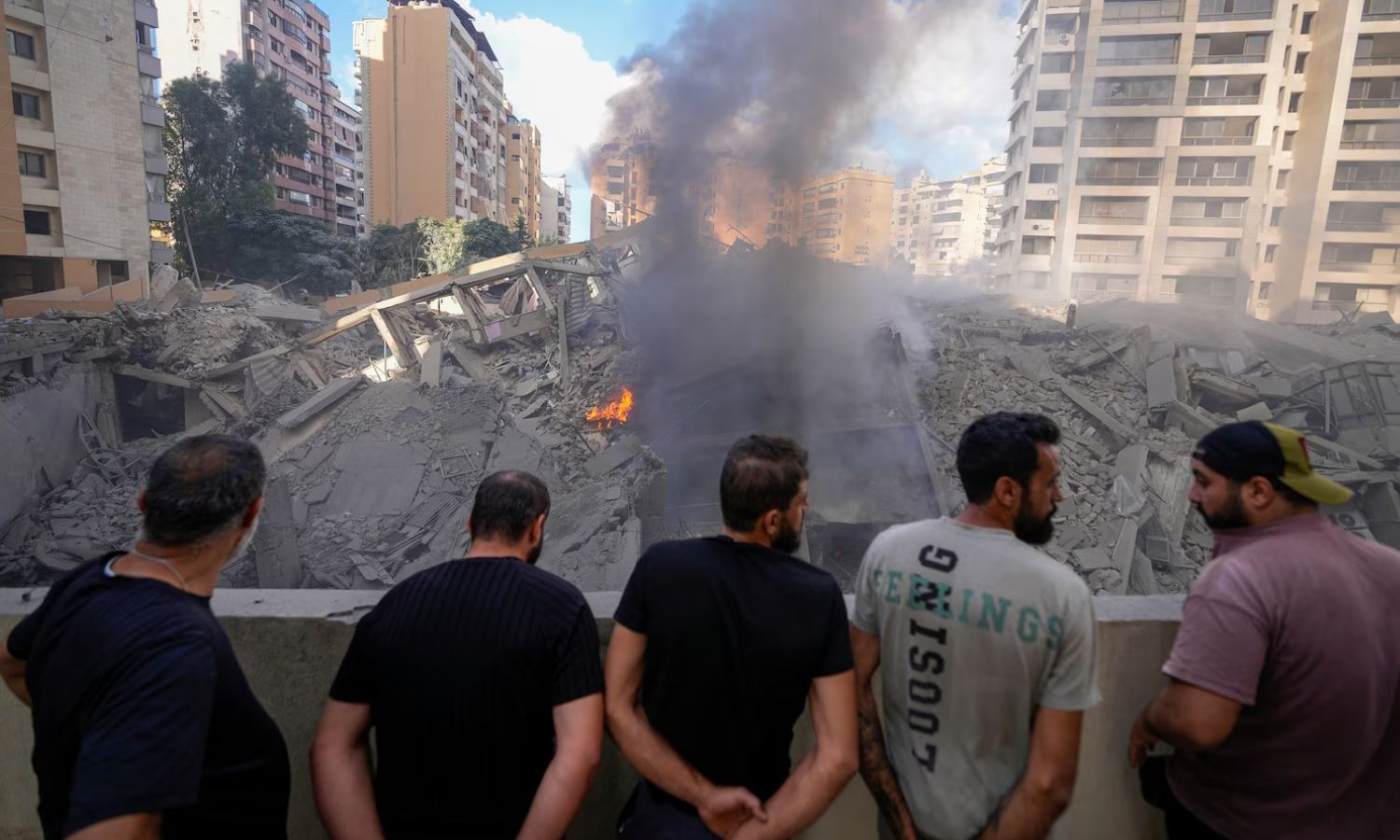
People inspecting the site of an Israeli strike in the southern suburbs of Beirut – October 2, 2024 (AP)
Is al-Assad capable of maneuvering?
It is unknown what the next scenario will be in the battles between Hezbollah and Israel, although several scenarios can be anticipated that may reflect their effects on the Syrian regime and the Syrian file, whether it leads to an agreement similar to what happened in the “July War 2006,” or the arrival of Israeli forces deep into Lebanon, or even what Hezbollah will announce as a victory if Israel fails to achieve its objectives from its military operation.
All proposed scenarios may raise concerns for al-Assad, especially as his direct ally, Iran, as well as Hezbollah, are experiencing circumstances threatening what has been built over many years, whether this involves the expansion of Israeli military operations and the declaration of defeat for Hezbollah and Iran, or the latter achieving some form of victory, or simply maintaining the status quo, thus preventing him from freeing himself from the complex relationship he has with them.
Keeping a distance… awaiting a reward
Al-Assad has been eyeing the current escalation between Israel and Hezbollah with concern, sensing the danger of potentially being pushed into a military confrontation he does not desire, given his lack of resources and the necessary capabilities to directly confront Israel, according to political researcher Nader al-Khalil.
Al-Khalil asserts that al-Assad fears getting embroiled in a conflict that would exhaust his already depleting military and economic capabilities. Thus, the regime has sought and is seeking to avoid entering a new war on its territory, especially in light of the internal challenges it faces, particularly the economic crises.
The researcher added that the regime understands that despite a strong alliance with Iran and Hezbollah, it must act with extreme caution. It cannot engage in a war with Israel, while at the same time being constrained by the alliance and Iranian influence in Syria, which means that any uncalculated move could expose it to additional pressure from Western powers or increase its international isolation.
Looking broadly at the political and military developments in Lebanon and Palestine, as well as the Iranian stance, it seems that al-Assad indeed feels a sense of danger, especially with his achievements in breaking his political isolation and the process of Arab normalization with him, along with his return to the Arab League.
Despite the slight improvement, al-Assad may still feel anxious about the outcome of the battle itself. Political philosophy professor Rami al-Khalifa at the University of Paris believes that al-Assad realizes that the region is on the brink of a “significant change in the balance of power,” and that the battle’s results will manifest in several files, foremost among them the Syrian file, even with al-Assad keeping his distance and not discussing Palestine and Hezbollah and what is happening.
According to al-Khalifa, advice did not come to al-Assad only from the UAE but also from Russia and other Western countries.
Political analyst Hassan al-Nifi believes that regardless of the war’s outcomes, Hezbollah’s future will not be the same as before, with a firm Israeli resolve and American support to weaken or perhaps eliminate Hezbollah.
Al-Nifi added that in this case, the Assad regime is attempting to adhere to a policy of distancing itself from what is happening, hoping to preserve the integrity of its regime. Additionally, should the war cease due to specific settlements, the regime looks forward to being rewarded through the lifting of sanctions or easing pressure from Washington. However, it seems that the ongoing war may reveal matters that are not within expectations, owing to the ambition of Israeli Prime Minister Benjamin Netanyahu, who aims to exploit the collapse of Hezbollah’s fronts and Iran’s hesitation in participating in the war.
Al-Nifi speculated that the regime might attempt to capitalize on this war in search of some gains, perhaps most notably presenting a “good behavior” certificate to Israel. It will also try to imply to the Arab countries that have moved toward normalizing relations with it that it is serious about distancing itself from Iran, seeking to manipulate the Arab states and return to playing on the balance of power.
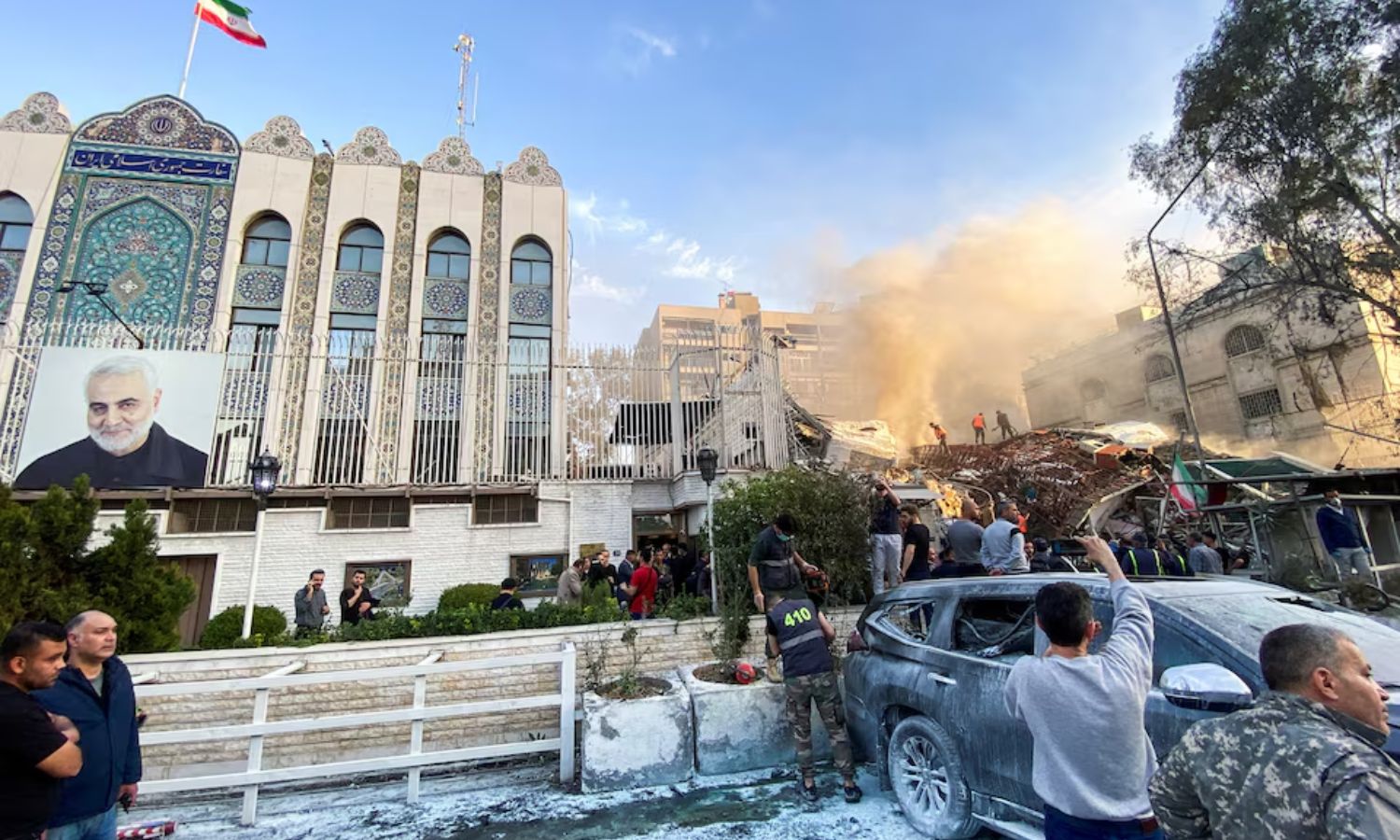
A picture of Qassem Soleimani on the facade of the Iranian embassy building in Damascus, adjacent to the Iranian consulate that was destroyed by an Israeli airstrike – April 1, 2024 (Reuters)
Dancing on ropes
The outcomes of the current battle between Hezbollah and Israel cannot be predicted, especially with Tehran entering the fray by announcing the launch of over 200 missiles towards Israel. The Israeli insistence on the declared objective, which is to push Hezbollah forces back to northern the Litani River and target arms depots in southern Lebanon, is notable, especially if the conflict doesn’t expand to include areas in the depths of Lebanon itself as part of the ground operation that Israel began in early October.
However, general scenarios can be anticipated. The first might be that Israel achieves its goal, and possibly even more, as it could invade as much Lebanese territory as possible, similar to what happened in 1982, meaning an “Israeli victory.” Alternatively, it could fail to achieve its objectives, leading to Tehran and Hezbollah declaring their victory, or reaching a settlement resulting in a tie reminiscent of that announced in 2006 during the “July War.” Other scenarios may also unfold throughout the battle.
Each of these possibilities carries implications for al-Assad and his relationship with Iran and Hezbollah, as well as for the Syrian issue itself.
According to Rami al-Khalifa, all scenarios are possible in southern Lebanon. An Israeli ground invasion means prolonging the conflict, especially since Israel has dealt severe blows to the “Axis of Resistance” in the region. However, this does not indicate the end of the axis, as Tehran still holds influence and presence; the ground war will not be as easy as the Israeli side imagines, and in the end, there will be some agreement tied to the military conflict’s outcomes.
For his part, researcher Nader al-Khalil stated to Enab Baladi that an Israeli victory over Hezbollah and an invasion of Lebanon could yield two scenarios. The first would involve Hezbollah retreating to its rear lines in Syria, controlling them in a way that shifts the conflict directly into Syrian territory. Here, al-Assad would find himself in a difficult position; if he resists Hezbollah’s consolidation in sites in Syria, it would be considered a revolt against his historic alliance with Iran. If he turns a blind eye to this consolidation or stands in solidarity with them, it means he will become a target for Israel, jeopardizing his hold on power.
Al-Khalil speculated that al-Assad might turn against Iran if given the choice, in an effort to preserve his position, although his “dancing on the ropes” could lead to an end similar to that of former Yemeni president Ali Abdullah Saleh, who was killed by the Iranian-backed Houthi group after he turned against them.
If Israel succeeds in completely eradicating Hezbollah from Lebanon and it collapses in Syria—a rather unlikely event—the Syrian regime would be the only one capable of filling the void in Lebanon, allowing it greater freedom of action. Iranian influence over it would recede, restoring its position prior to 2011 in terms of relations with Tehran.
On the other hand, if a “victory for the axis” is declared, the regime would consider it a significant strategic gain, enhancing its regional standing and increasing its alliance with Tehran, which could mean more international sanctions and pressures.
Should the parties involved in the conflict move towards any settlement, it would present a golden opportunity for the Syrian regime to reorganize its affairs while maintaining its alliances with Hezbollah and Iran without engaging in direct war against Israel, allowing for greater political maneuverability on both regional and international stages, portraying itself as an active player in calming regional tensions, according to al-Khalil.
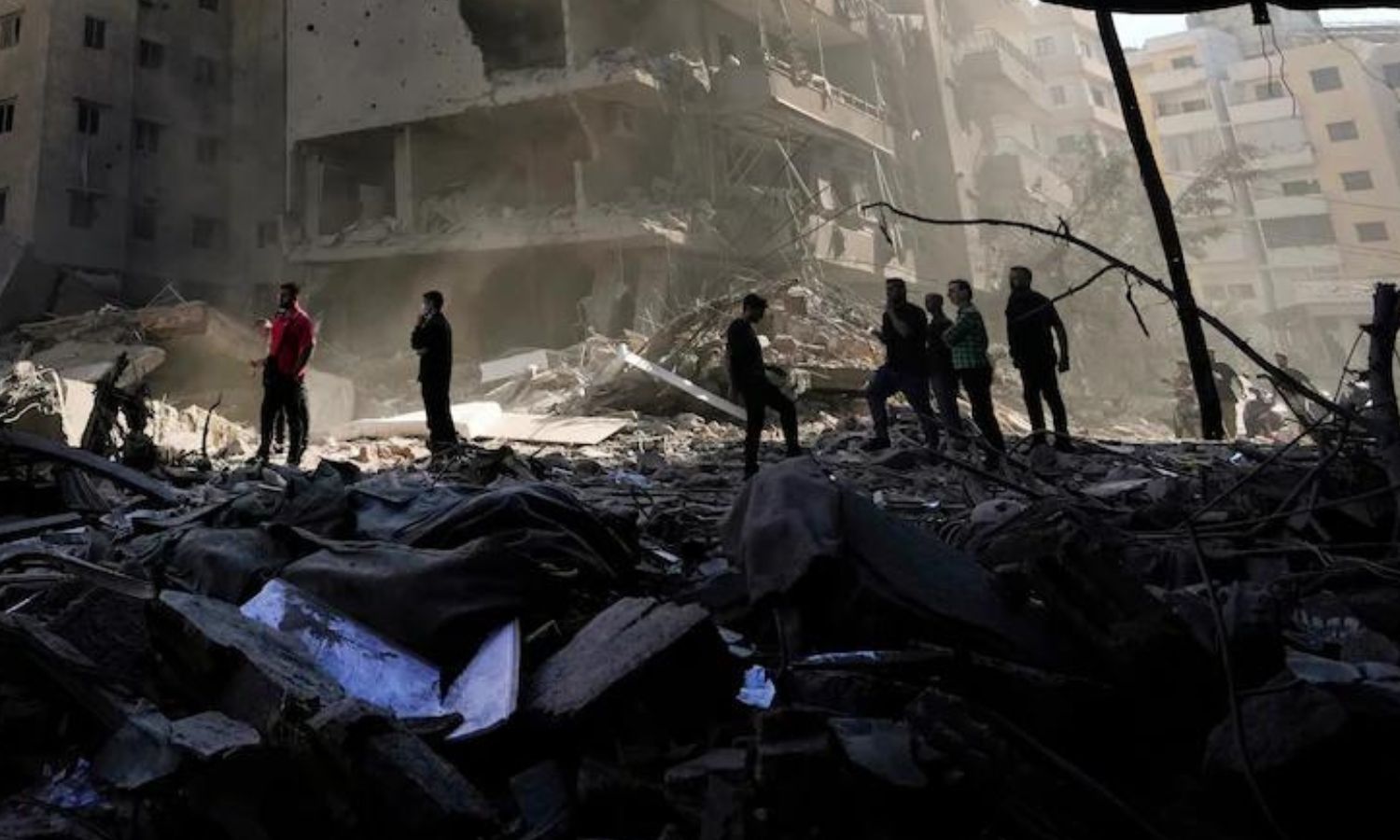
People at the assassination site of Hezbollah Secretary-General Hassan Nasrallah in the southern suburb of Beirut – September 29, 2024 (AP)
Difficulty of decoupling… What next?
The Syrian regime has a deep alliance with Iran, which in turn has wide influence in Syria, whether through government and service institutions, the economy, or via its affiliated militias across the geographical regions under the regime’s control.
One of the conditions for Arab normalization with al-Assad, according to what is known as the “Jordanian Initiative,” was to reduce Iranian influence and restructure the army. While there have been some steps regarding the latter, the former may not be feasible, as Iranian influence puts al-Assad under pressure amid his normalization efforts with Arab countries, especially given his inability to curb Iranian influence or reduce its penetration in various sectors. This situation makes al-Assad himself, in any future scenario, dependent on relations with Tehran and may lead to him paying a price for that.
As of this report’s publication, regime forces have not engaged directly in any battles, nor have they used the Syrian territories they control to strike targets in areas occupied by Israel.
According to political researcher Nader al-Khalil, al-Assad is unable to trim Iran’s claws by himself and will benefit from weakening Iran’s field influence in Syria and taking distance from the entire “Iranian axis.” He may succeed in finding a middle ground in this regard; thus, Israel’s intensified war on Iran and Hezbollah inside Syria serves the regime’s interests if it leads to diminishing Tehran’s direct pressure on al-Assad and threatening him with its military capabilities within Syrian territory.
The researcher ruled out that the Syrian regime has a tendency to completely decouple from Iran. However, if Israel’s actions through its war contribute to lessening Tehran’s power over him, this could mean the possibility of restoring the relationship between the two parties to a more equal state that existed before 2011. In that case, he might receive Gulf economic support if he succeeds in distancing himself further from Iran, according to al-Khalil.
For his part, political philosophy professor at the University of Paris, Rami al-Khalifa, believes that for three years there have been attempts by the regime to distance itself from the Iranian side. However, the matter seems extremely complicated, as it is now too late to reduce Tehran’s influence.
Meanwhile, political analyst Hassan al-Nifi argues that it is premature to discuss the decoupling of the regime from Tehran, considering that the connection is an organic strategic one, not a temporary connection or one embodying a current interest.
If the regime had a desire to distance itself from Iran, the decision is not in its hands, as Tehran currently holds many of the levers of the Syrian state. Hence, it can be said that the regime’s position is in a highly precarious phase, according to al-Nifi.
if you think the article contain wrong information or you have additional details Send Correction
النسخة العربية من المقال
-
Follow us :













 The Syrian regime has not taken any concrete steps to support its ally, Hezbollah, in the confrontation against Israel, and has only issued statements of condemnation (Enab Baladi)
The Syrian regime has not taken any concrete steps to support its ally, Hezbollah, in the confrontation against Israel, and has only issued statements of condemnation (Enab Baladi)





 A
A
A
A
A
A

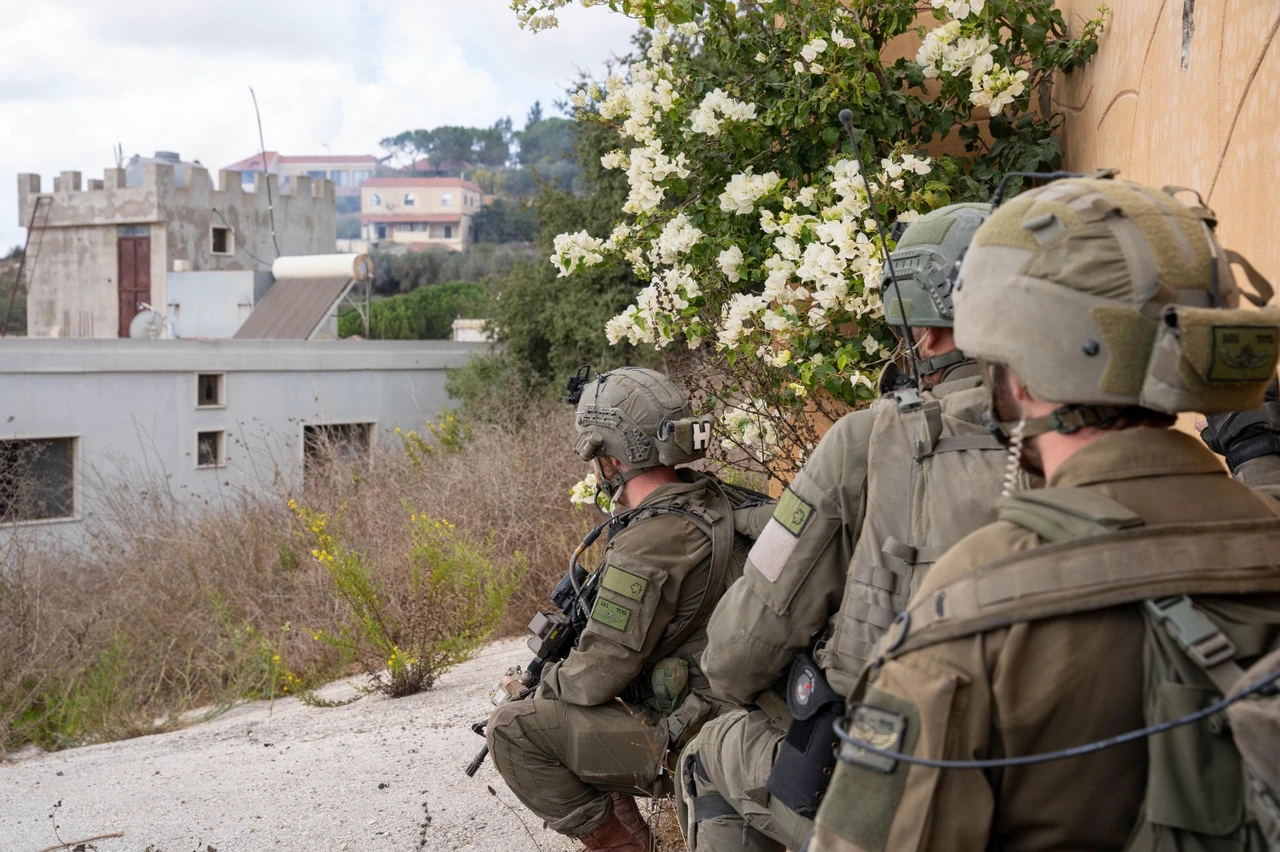


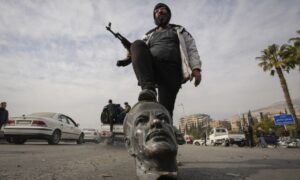
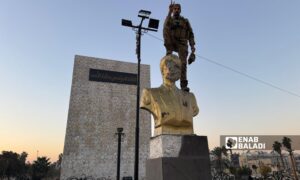

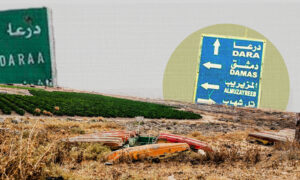

 More In-Depth
More In-Depth